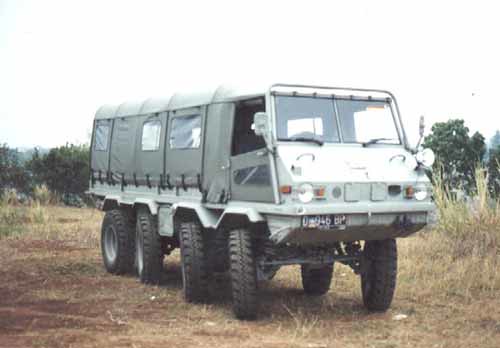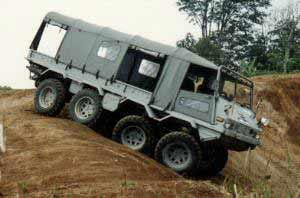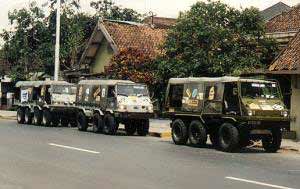Gold Boy
Adventurer
charlieaarons said:If you define an expedition vehicle as something to go camping over the weekend on some bad roads or offroad, then maybe you're right.
I define an expedition vehicle as something to travel thousands of miles from home, over international borders, potentially on bad roads but not necessarily the greatest offroad challenges, since you are so far from home and help.
You want maximum reliability. If something breaks you want the nearest dealer (hopefully in the same country!) to have it or be able to quickly order it, in this age of Fedex/DHL and computers.
A vehicle with completely custom suspension, axles and maybe even a modified drivetrain does not satisfy these criteria.
One of the best small vehicles that is capable stock is the diesel Landcruiser, preferably the 78 series or 105 series. It comes with a great drivetrain, strong axles with lockers, decent but not great suspension etc.
Large vehicle: Unimog.
My opinion - if you really want to travel in a vehicle buy one that is capable with the least modifications. Believe me, I've been there, done that.
Charlie
true, cool replie... :cow:
:26_7_2:






